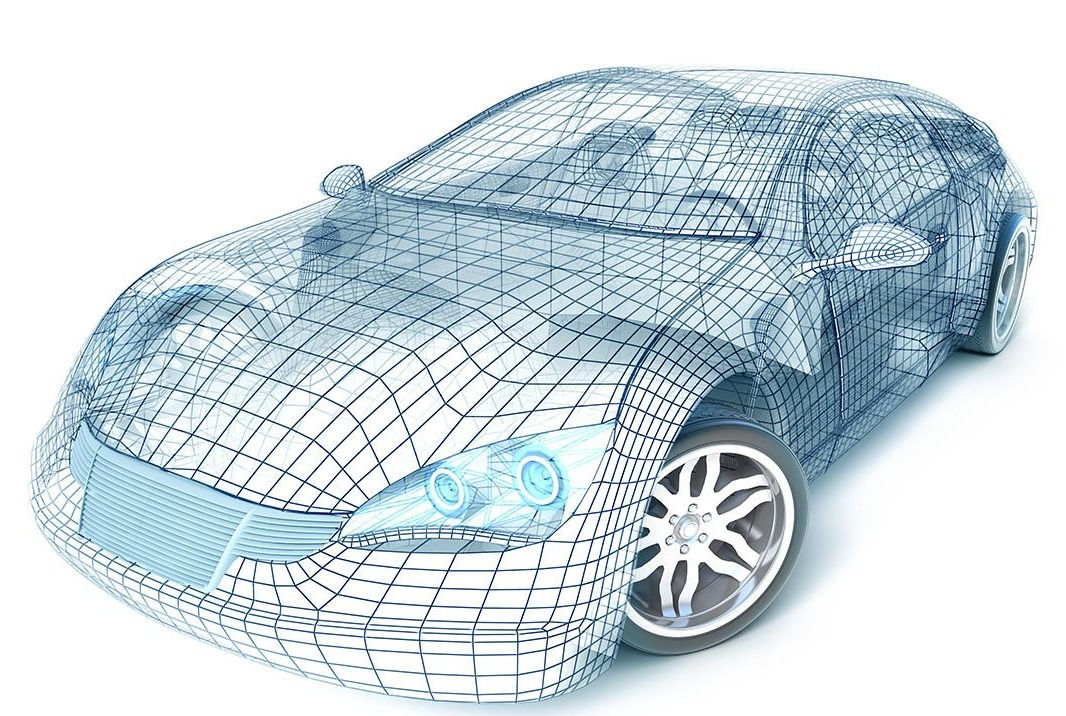
SPG/MCSPG Two-stage Joint Analysis [Document]
-
Stage 1: Joining process analysis
-
Self-Piercing Riveting (SPR), Flow Drill Screwing (FDS), Anchoring
-
-
Stage 2: Joint performance analysis with histories from stage 1
-
Lap Shear (LS), Coach Peel (CP), Cross Tension (CT), Pullout
-
-
Stage 1 and stage 2 are independent analyses
-
New boundary conditions, materials, etc. are allowed in stage 2
-
LS-DYNA Keywords for Two-stage Joint Analysis
-
All necessary keywords for a regular LS-DYNA SPG/MCSPG simulation
-
Additional keywords for stage 1:
-
*INTERFACE_SPRINGBACK_LSDYNA
-
To output FEM histories to file "dynain"
-
-
*INTERFACE_SPG_1 (no parameter)
-
To output SPG histories to file "1234spg"
-
-
-
Additional keywords for stage 2:
-
*INCLUDE
-
To include FEM histories from "dynain" from stage 1
-
-
*INTERFACE_SPG_2 (no parameter)
-
To read SPG histories from "1234spg0"
-
Rename "1234spg" from stage 1 as "1234spg0"
-
-
-
Numerical Example
-
SPR joining process and joint performance analysis



Applied force
Stage 1: Joining process analysis
In the SPR joining process, material separation and mechanical locking can be reasonably captured by the SPG/MCSPG method in stage 1 analysis. The force applied on the tool can be properly predicted by the numerical methods as well.






Stage 2: joint performance analysis (lap shear, coach peel, cross tension)
In stage 2, the histories (e.g. effective plastic strain, stress and deformed shape) from stage 1 are used as initial conditions. With the new added loading arms, various SPR joint strengths can be evaluated while only one simulation is performed for stage 1 analysis. Here, lap shear, coach peel and cross tension tests are analyzed in the second stage SPG/MCSPG simulation and the corresponding joint strengths are obtained effectively.

